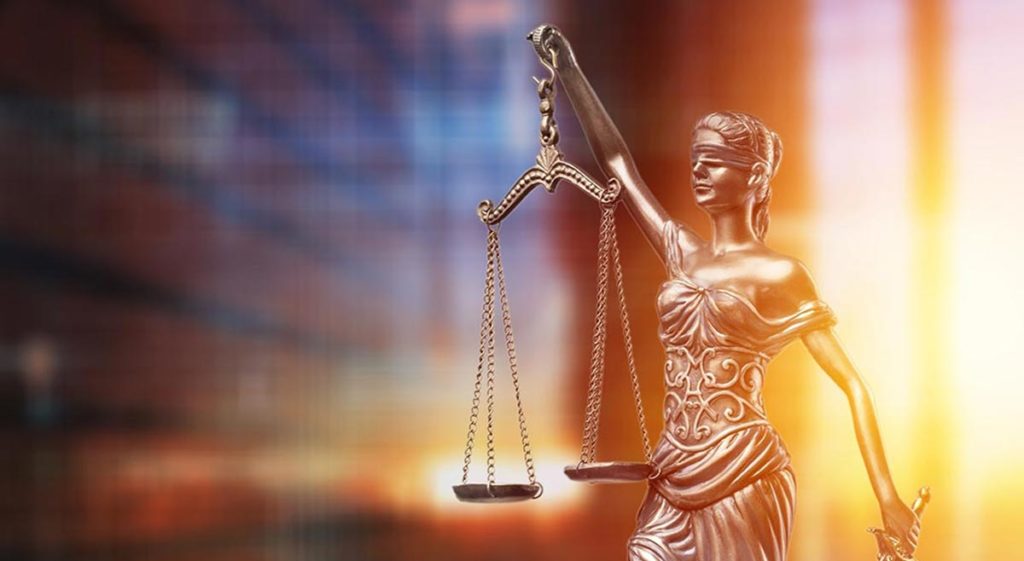
Clarity in the courtroom is vital. Every single day, judges and juries make decisions that literally affect lives. These decisions can and should only be made with clear, understandable information. This is where graphics come into play.
In simple language, graphics—often in 3D—are visual tools that simplify or illustrate complex legal information, data, or information such as charts, diagrams, timelines, and other multimedia elements. The article below will tell you all about it.
Table of Contents
Why Visuals Matter in Court
Imagine you are the jury or judge who has to go through thick legal papers amounting to hundreds of pages. Overwhelming would be an understatement, especially if the concepts and terms used are beyond comprehension. Legal graphics clear this by using pictures to illustrate the most arduous and intricate concepts in a simple manner. Where financial fraud or complex business transactions are the case, for instance, a timeline graphic can help clear the chronology of events, allowing for an easy follow-up by the court and an informed decision from the same.
In the same vein, a flow chart can be used in showing how the parties of a lawsuit are connected in such a way that there is clarity in the legal presentation.
Benefits of Using Legal Graphics
The main advantage of using legal graphics is that they enhance understanding. Studies have shown that people remember information better when it’s presented both verbally and visually. In a legal context, this would translate into the means for judges and jurors to be more effective in reaching accurate judgments.
Even better, legal graphics can easily convey volumes of information. This, therefore, reduces the time consumption within the court because it will take little time to explain each of the points in detail. It also seems to reduce the cognitive load and helps the judges and juries stay focused on the bigger issues.
Creating Effective Legal Graphics
Effective legal graphics should be relevant and accurate to the case. Additionally, they should be clear, not overly filled with the sort of information that would do much more to confuse than help.
Lawyers will need to hire skilled graphic designers for these tasks. The best graphic designers understand that there should be some privacy with the information shared with them. They also understand how to accurately represent events to ensure that the graphics are unbiased and fair to all involved parties.
Conclusion
Legal graphics are not mere pictures, but an integral tool that has to be adopted by the justice system. They simplify complex information and make this easily understandable by those present in the courtrooms. The more complex the legal cases, the more important are the roles of these visuals.
Legal graphics need to be produced in such a way that they enable all the parties to fathom the facts presented since they have much impact on the outcome of a trial. This underlines the paramount goal of the legal system—the reign of justice through the clarity of facts fairly gauged in accordance with the evidence adduced.